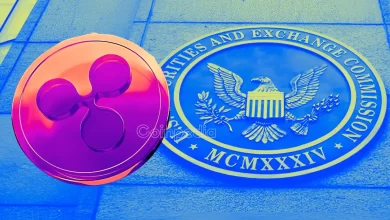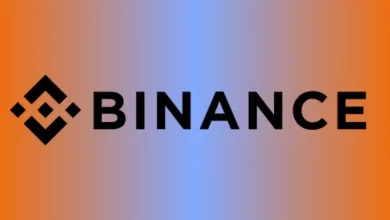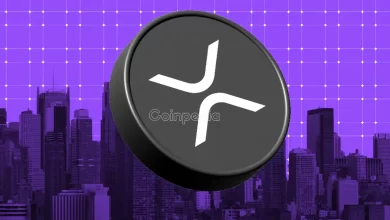
Trump's "US Crypto Reserve" announcement, potentially including XRP, caused a 30% price spike and increased investor interest.
Technical indicators show strong buying momentum, but also hint at potential slowing bullish pressure and possible short-term corrections.
The reserve proposal sparks debate, with differing opinions on which cryptocurrencies should be included, and questions about feasibility.
XRP just pulled off a massive 30% surge—and it’s all thanks to a game-changing announcement from U.S. President Donald Trump. He’s proposing a “US Crypto Reserve”, and to everyone’s surprise, XRP is part of the plan. This unexpected move has sent shockwaves through the crypto world, fueling investor excitement and pushing XRP’s price higher.
Let’s break it all down.
XRP Gains Strength as Investors Pile In
Trump’s endorsement has triggered strong buying momentum for XRP. The token struggled in the past due to tariff policies and the SEC lawsuit, but it has shown resilience even in a weak market, reflecting strong community support.
On the technical side, Price DAA Divergence (PDA) signals a continued uptrend, with a rise in active addresses showing increased investor interest. At the same time, the Chaikin Money Flow (CMF) indicates heavy inflows, meaning more money is entering XRP than leaving. This suggests buyers are in control, pushing prices higher.
Can XRP Break the $3 Resistance?
Despite strong momentum, some indicators suggest caution. The MACD is showing signs of slowing bullish pressure, though the Relative Strength Index (RSI) remains above 50—keeping hopes alive for another move up.
XRP Current Sentiment
Currently, XRP is trading at $2.79, nearing a key resistance at $2.95. If buyers maintain control and push past this level, XRP could surge to $3.00, with its all-time high of $3.40 in sight. A clear breakout above this could fuel further gains and attract even more attention.
However, if XRP struggles to hold its position, a short-term dip below $2.70 is possible before another push higher. Regardless of short-term moves, Trump’s support has revived optimism, positioning XRP for further growth in 2025.
Bitcoin vs. XRP: The Reserve Asset Debate
Trump’s proposed US Crypto Reserve has sparked debate. Coinbase CEO Brian Armstrong


Skeptics, including Arthur Hayes, call the plan political rhetoric, doubting its feasibility without congressional approval. Meanwhile, Peter Schiff, a longtime Bitcoin critic, compared BTC to gold but criticized XRP’s inclusion.
What’s Next for XRP?
For now, the proposal remains in discussion, and the market is waiting for concrete action. However, Trump’s open support for XRP has given investors new confidence. Whether XRP continues to rise or faces resistance ahead, its role in the US Crypto Reserve has already reshaped its market outlook for 2025.
Never Miss a Beat in the Crypto World!
Stay ahead with breaking news, expert analysis, and real-time updates on the latest trends in Bitcoin, altcoins, DeFi, NFTs, and more.
FAQs
If buying momentum continues and XRP breaks the $2.95 resistance, it could hit $3.00 and possibly challenge its all-time high of $3.40.
While XRP has fast transactions and scalability, widespread adoption by central banks and global regulators is still uncertain.









